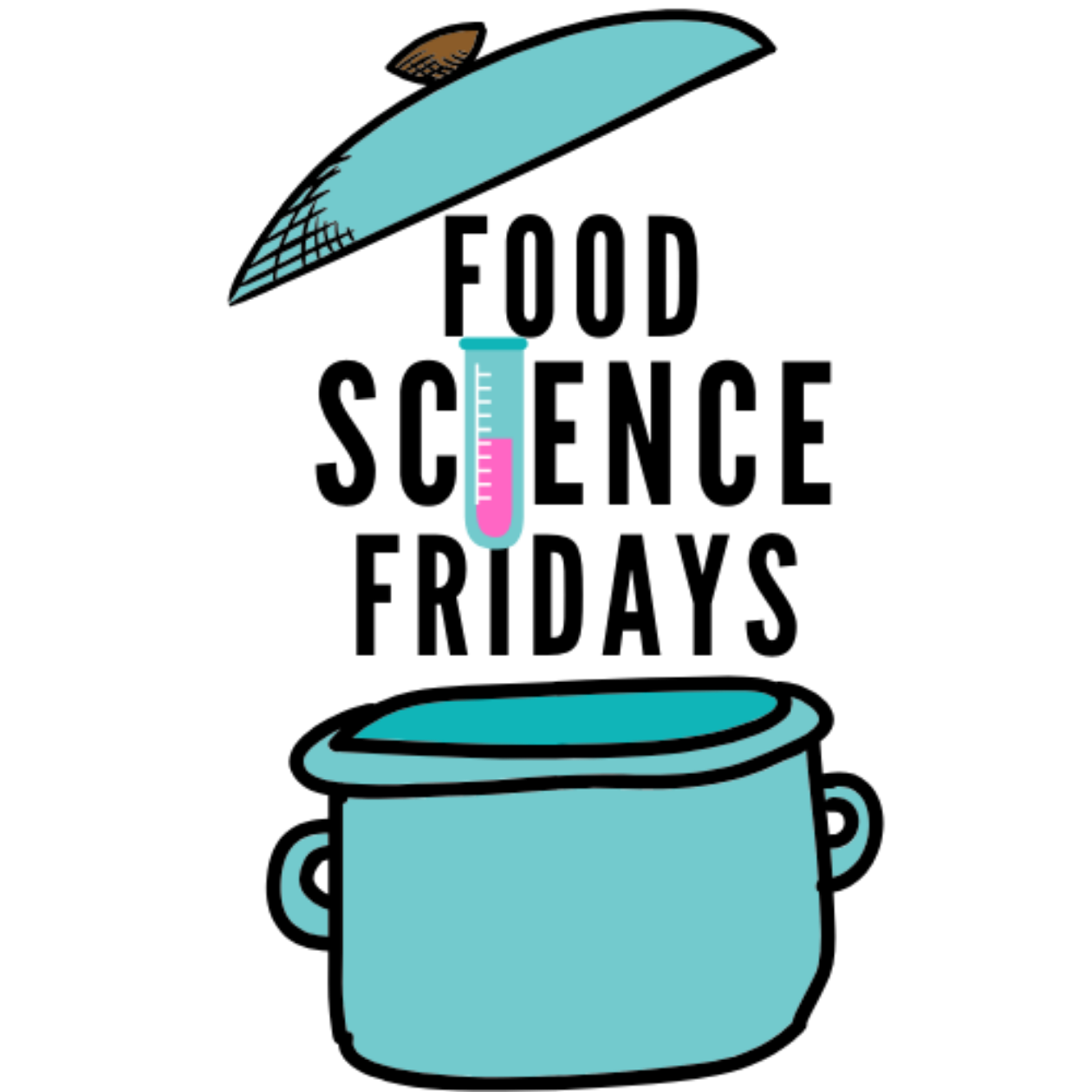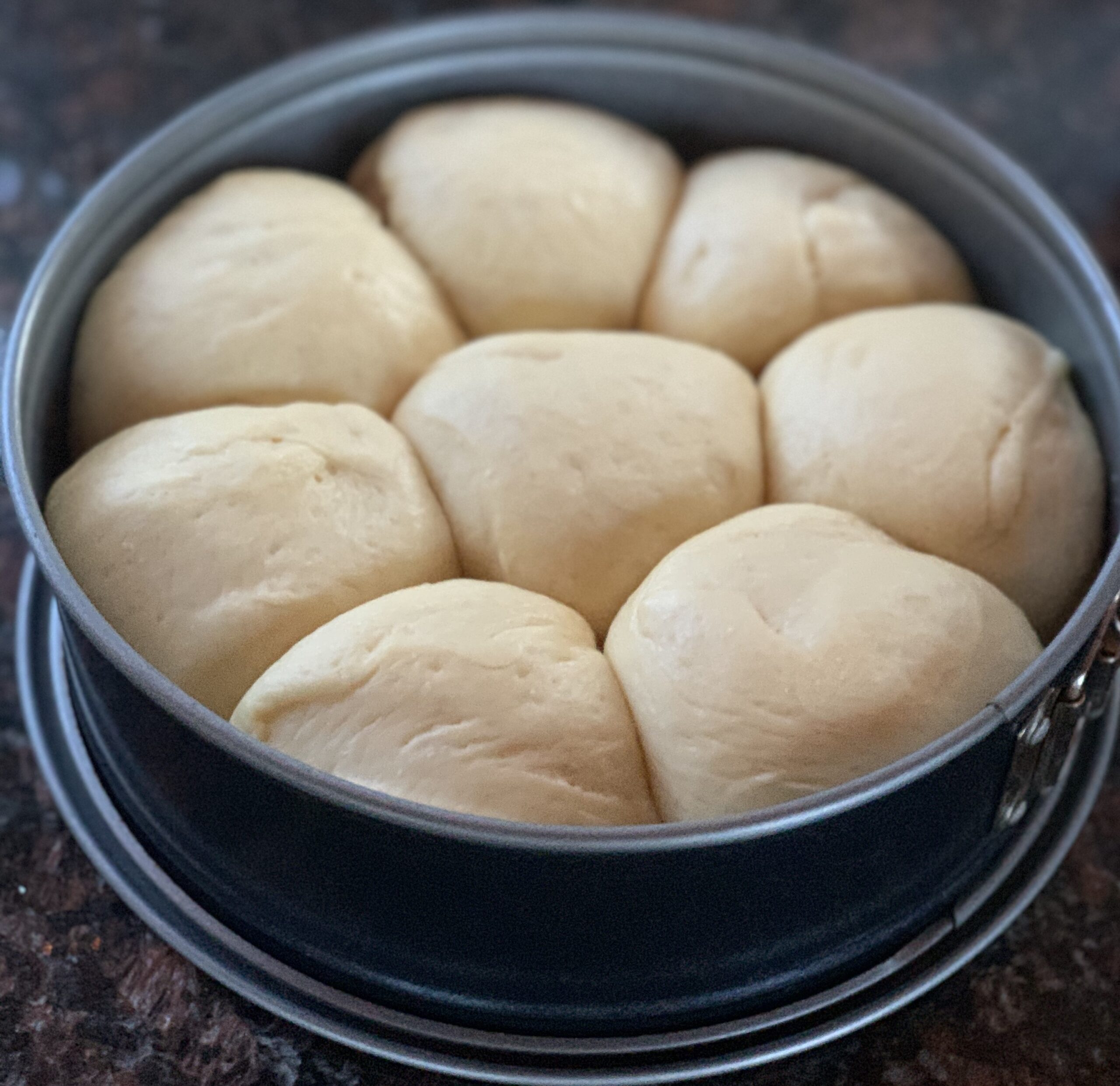So… It’s been almost a year since I’ve posted on food science, but quarantine is bringing out the kitchen chemist in me again, so let’s chat kitchen chemistry for this first episode of Food Science Friday!
After all of the questions I received over the weekend on the Japanese Hokkaido milk buns I posted on Instagram, I thought I’d kick off Food Science Fridays with the Tangzhong method, and walk you through making your own fluffy Japanese milk bread this week.
Tangzhong is a Japanese technique where you heat a percentage of the flour and liquid until it forms a soft gel before combining with the remaining ingredients. The result is an amazing fluffy dough, and is a great technique for most yeast breads. I’ve actually used this in a challah recipe to great success!
So, how does the tangzhong method work?
Heating the starch containing flour in a liquid causes the starch granules to swell, a process known as gelatinization. The water is gradually absorbed and trapped resulting in a gel that is thermo-irreversible, meaning it will not melt upon heating. The heated liquid allows the flour to absorb about twice as much liquid as a cool or lukewarm liquid that is typically added to bread dough, and the starch is actually able to hold onto that extra liquid throughout the kneading, baking, and cooling process.
This means that bread will retain more liquid during baking and may rise higher during baking due to the creation of more internal steam in addition to the CO2 given off by the yeast. The resulting Bread will also be moist and soft!
So, let’s try it out!
Japanese Hokkaido Milk Rolls
Adapted from this recipe by Julia Moskin in the New York Times
Ingredients
For the Starter:
- ⅓ cup flour
- ½ cup milk
- ½ cup water
For the Dough:
- 2 ½ cups flour (I used all purpose, but bread flour is ideal)
- 1/4 cup sugar
- 1 packet active dry yeast
- 1 teaspoon kosher salt
- 1 egg
- ½ cup whole milk
- 4 tablespoons butter (warm/softened)
Directions
In a small heavy pot, whisk 1/3 cup flour, 1/2 cup milk and 1/2 cup water over medium to low heat and cook, stirring often, until thickened but still pourable, about 7-10 minutes. When ready, the spoon will leave tracks on the bottom of the pot. Place starter in a measuring cup and set aside to cool to room temperature while you prepare the dough.
In a large mixing bowl combine flour, sugar, yeast and salt, and mix.
Add egg, milk , and 1/2 of the starter to dry ingredients and mix until combined.
Turn dough out onto a floured surface and knead for 5-10 minutes.
Add the softened 4 tbsp of butter and continue to knead for approximately 10 minutes, and shape kneaded dough into a ball. The dough should be nice and smooth.
Lightly oil the inside of a bowl and place dough inside. Cover with plastic wrap or a kitchen towel and let rise for an hour (dough should be about doubled in size).
Carefully press dough (punch) down with your hands and turn out onto floured surface. Use a knife to separate dough into eight equal pieces and shape into equal sized balls.
Butter a 9 inch circular pan (I used a cake pan). Place balls next to each other in the pan, cover again, and let rise for another 45 minutes to an hour. Dough should be very fluffy and peak out from atop the edges of the pan.
Preheat oven to 350 degrees F. Brush the rolls with milk, and place in the middle of the oven. Bake at 350 F for 25-30 minutes or until rolls are nicely puffed and golden brown.
Remove from oven and let cool for at least 45 minutes before removing from pan.

